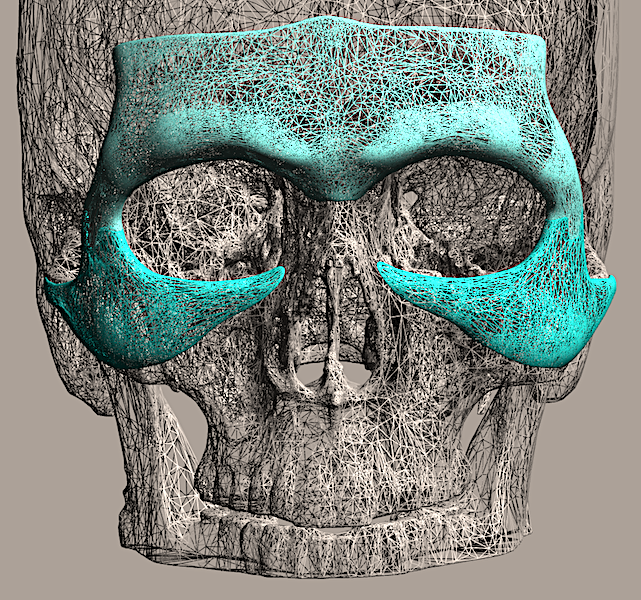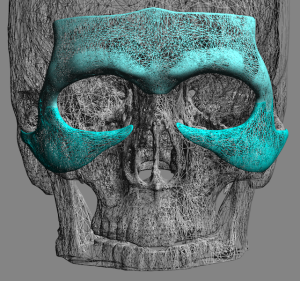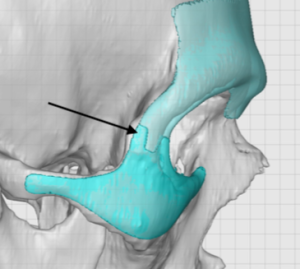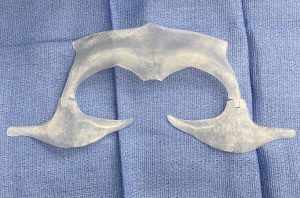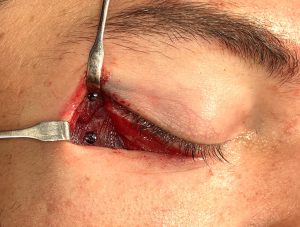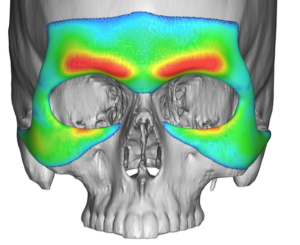Background: The perception of one’s face is well known to be highly influenced by the appearance of the eyes. How the eyes appear is influenced by a large of bony and soft tissue elements that encase the colorful eyeballs that lie at the center of all of them. The foundation that encircles the eyeball and supports the soft tissue overlay are the bones around the eye. Known as the orbital rims there is a superior, lateral and inferior section. (there is no medial or inner orbital rim) While the inferior and lateral orbital rims retain their anatomic names, the supraorbital rim is usually referred to by its external appearance, the brow bones.
The forward development of the bones around the eyes is not historically thought of unless it is deficient. This presents as eyes that may be too prominent or buggy. The eyeball has a normal position but the bones around it are recessed. This is one indication for a ‘reconstructive’ periorbital augmentation. Using custom implant designs the three rim bones around the eye can be augmented. This would never be possible without custom implant designs based on the patient’s 3D CT scan.
An equally requested indication today is for aesthetic periorbital augmentation in the male who has a normal or near normal bony development around the eye but wants an even greater or more enhanced projection. More brow bone projection is a masculinizing feature and going all the way around the eye makes them appear more setback and creates a tighter or more narrow eye shape from the push of the overlying soft tissues forward. It is not thought as an aesthetic facial reshaping procedure because it is usually believed that it is not possible to do.
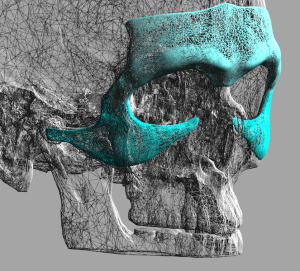
A unique interlocking design between the brow bone implant and the inferior orbital-alar component at the lateral orbital rim area helps with placement of both implants and makes for a smooth connected implant augmentation around a circular area.
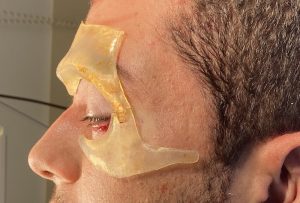
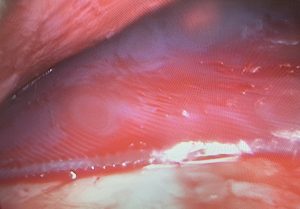
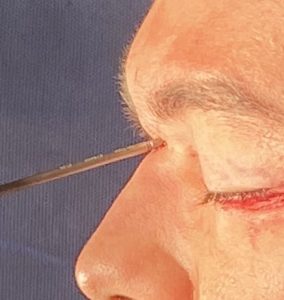
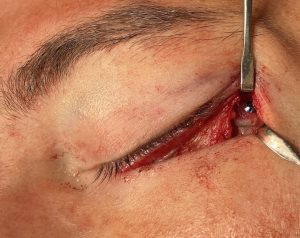
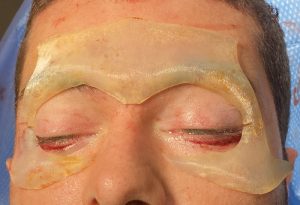
Case Highlights:
1) Augmentation around the eyes can be done to create a more masculine appearance and/or a more narrow or closed eye appearance.
2) The combination of custom brow bone and infraorbital-malar implants can encircle the bones around the eyes and are placed through a triangular incision pattern. (small scalp and lower eyelid incisions)
3)An interlocking design between the brow bone and the infraorbital implant aids in accurate placement of both implants.
Dr. Barry Eppley
Indianapolis, Indiana

